When developing a new electric toothbrush, the choice of charging method can significantly impact user experience, production cost, and brand positioning. From contact charging toothbrush designs to induction and direct charge options, each method has its own advantages and limitations. For brands working with an electric toothbrush manufacturer, understanding these different charging types is critical to creating a competitive product in the market.
A contact charging toothbrush uses metal charging pins on the brush handle that directly connect to the charging base.
Advantages: Faster charging speed, higher efficiency, and lower production cost.
Disadvantages: Physical contact points can wear over time, and exposure to water may cause corrosion without proper sealing.
Induction charging uses electromagnetic fields to transfer energy wirelessly between the toothbrush and the charging base.
Advantages: Fully sealed design improves water resistance and durability, making it ideal for bathroom environments.
Disadvantages: Generally slower charging speed and slightly higher manufacturing costs.
Direct Charging
A contact vs. induction vs. direct charge comparison wouldn’t be complete without mentioning direct charging via USB or adapter.
Advantages: Universal charging compatibility, no base required.
Disadvantages: Less premium appearance, potential water resistance issues if the charging port isn’t well-protected.
When working with an electric toothbrush manufacturer, you can request an OEM charging base tailored to your brand’s needs. Options include:
Standard single-unit bases for cost-effective models
Multi-unit charging docks for family sets
Travel-friendly compact bases with universal voltage support
Smart charging bases with status indicators or integrated storage
Customizing your OEM charging base not only enhances brand identity but also improves the end-user experience.
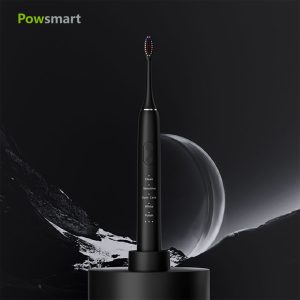
A key part of user needs matching is aligning the charging method with your target audience:
Budget-conscious markets may prefer contact charging toothbrush models for affordability.
Premium markets may value induction charging for its safety and design appeal.
Travel-oriented users may find direct charge the most convenient.
Your product comparison analysis during development should weigh these factors against production costs and brand positioning.
From a market trend analysis perspective, induction charging is gaining popularity due to its waterproof benefits and sleek design, while contact charging remains a favorite in value-focused segments. Direct charging is also growing, driven by demand for portability and universal charging solutions.
Forward-thinking brands should consider offering multiple different charging types across their product lines to capture diverse market segments.
Selecting the right charging method is not just about technology—it’s about aligning with your brand’s vision, customer needs, and production capabilities. By collaborating with an experienced electric toothbrush manufacturer that can offer flexible contact vs. induction vs. direct charge solutions, brands can create products that stand out in performance, design, and market fit.
For brands seeking a manufacturing partner, choosing one that provides a wide range of OEM charging base designs and understands the nuances of different charging types will ensure your electric toothbrush stands out in a competitive market.
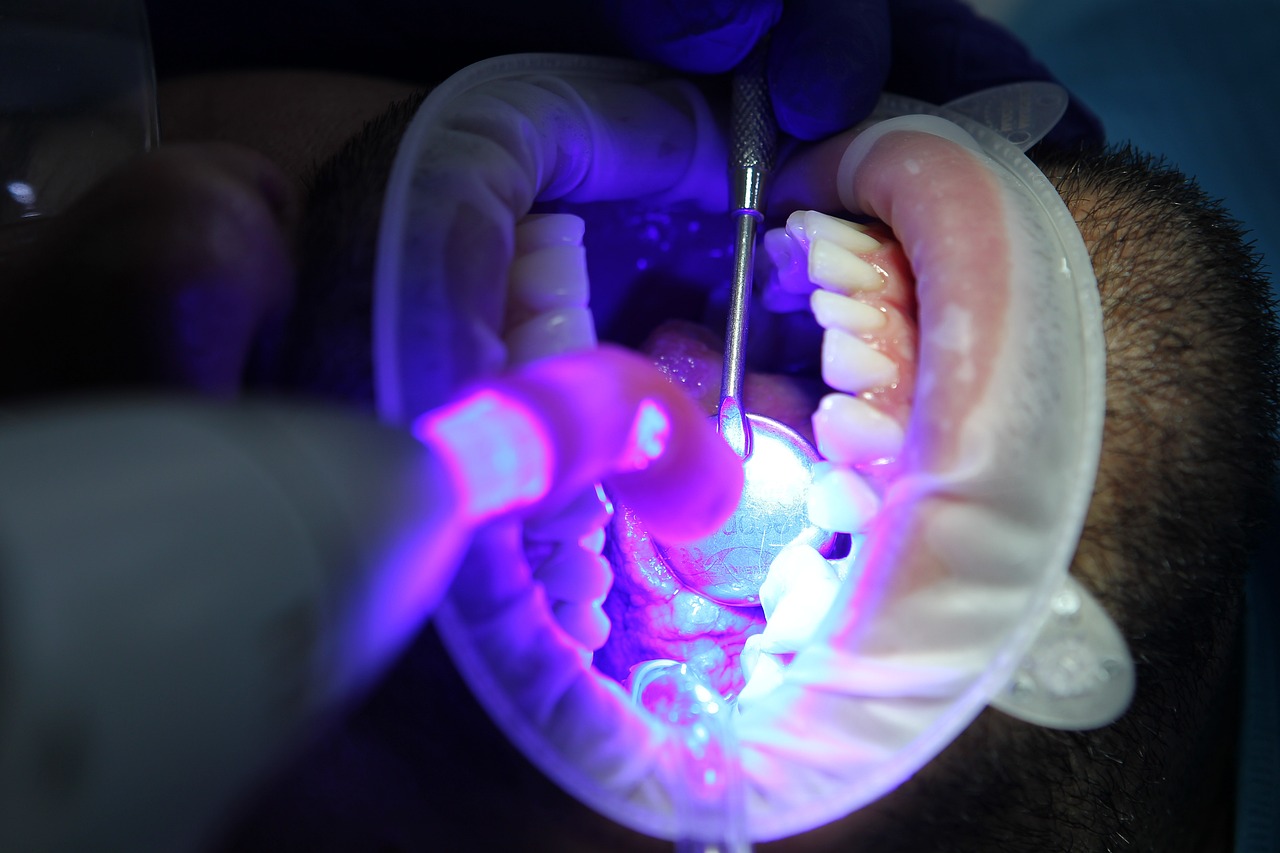
How to Start a Teeth Whitening Business
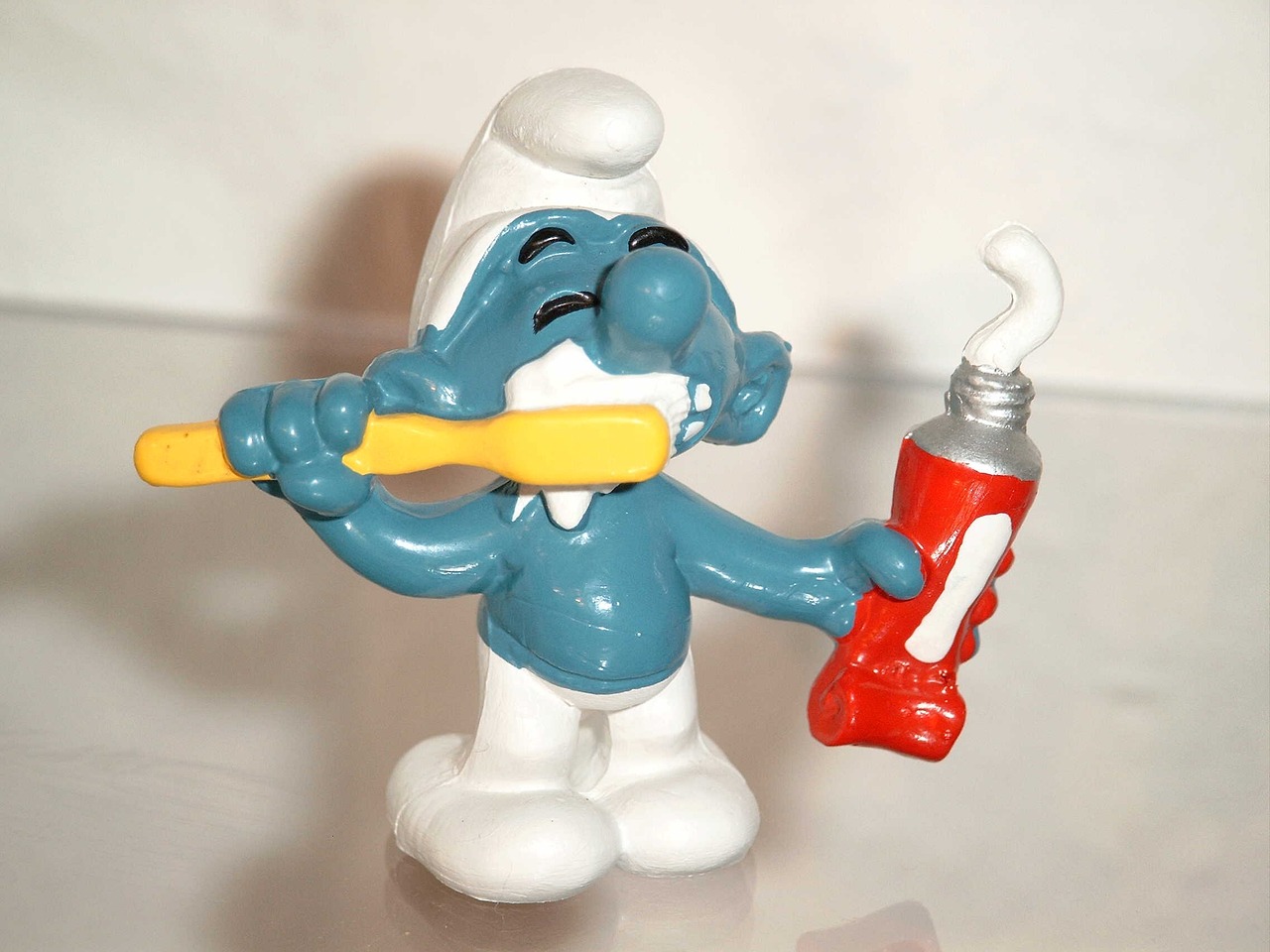
How Much Does It Cost to Manufacture a Toothbrush?
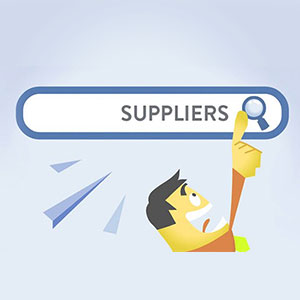
How to choose a reliable electric toothbrush factory?

Electric Toothbrush Manufacturing Process
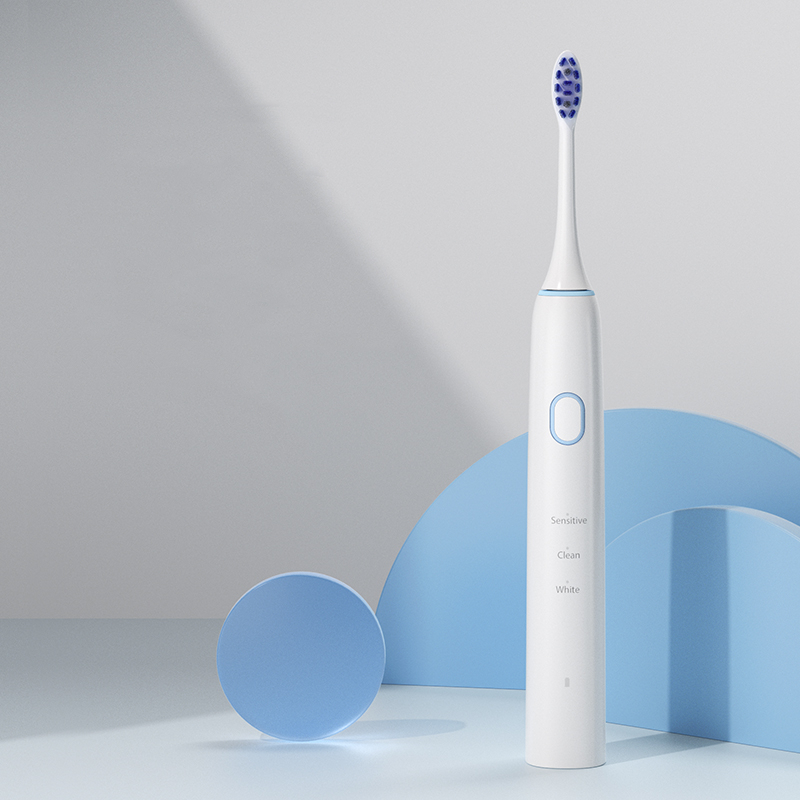
Budget electric brush OEM Manufacturers in Los Angeles

California Teeth Whitening Electric Toothbrush Manufacturers
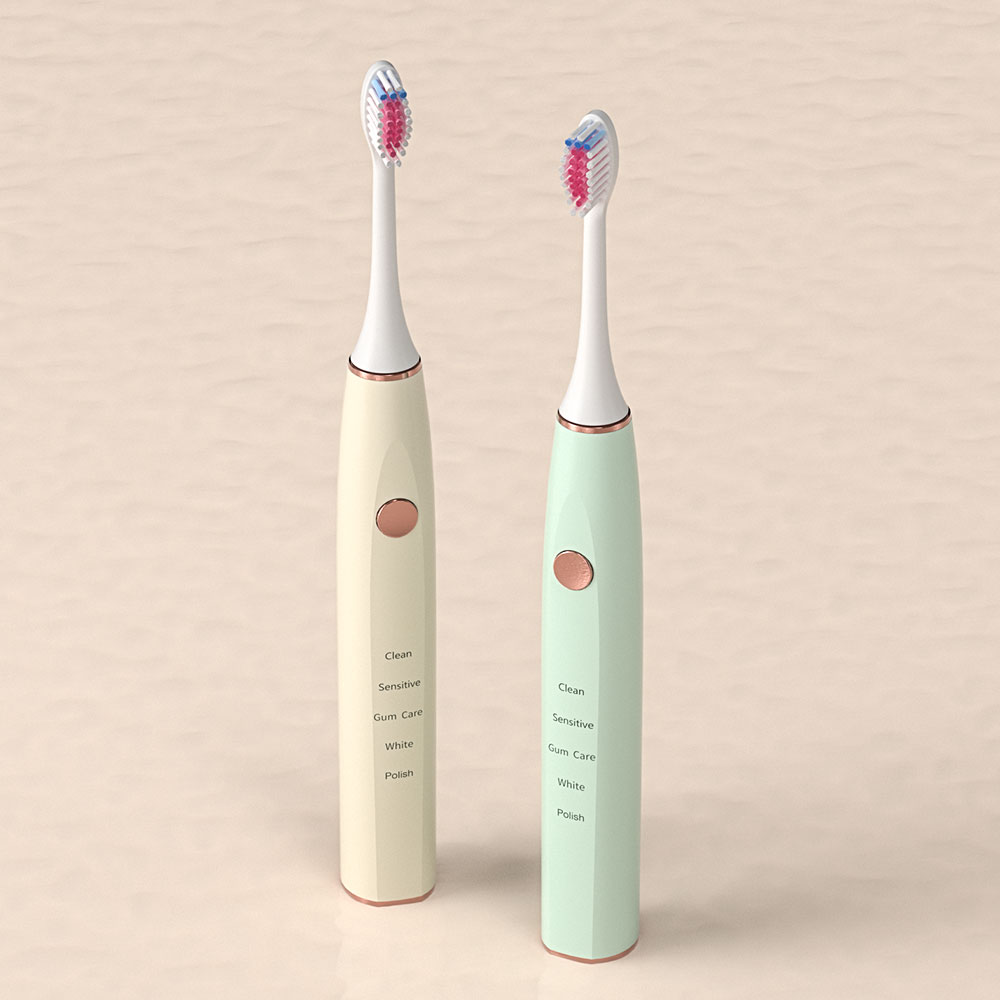
How much does it cost to manufacture a toothbrush?
.jpg)
Can a Florida electric toothbrush soothe Florida sensitive gums?
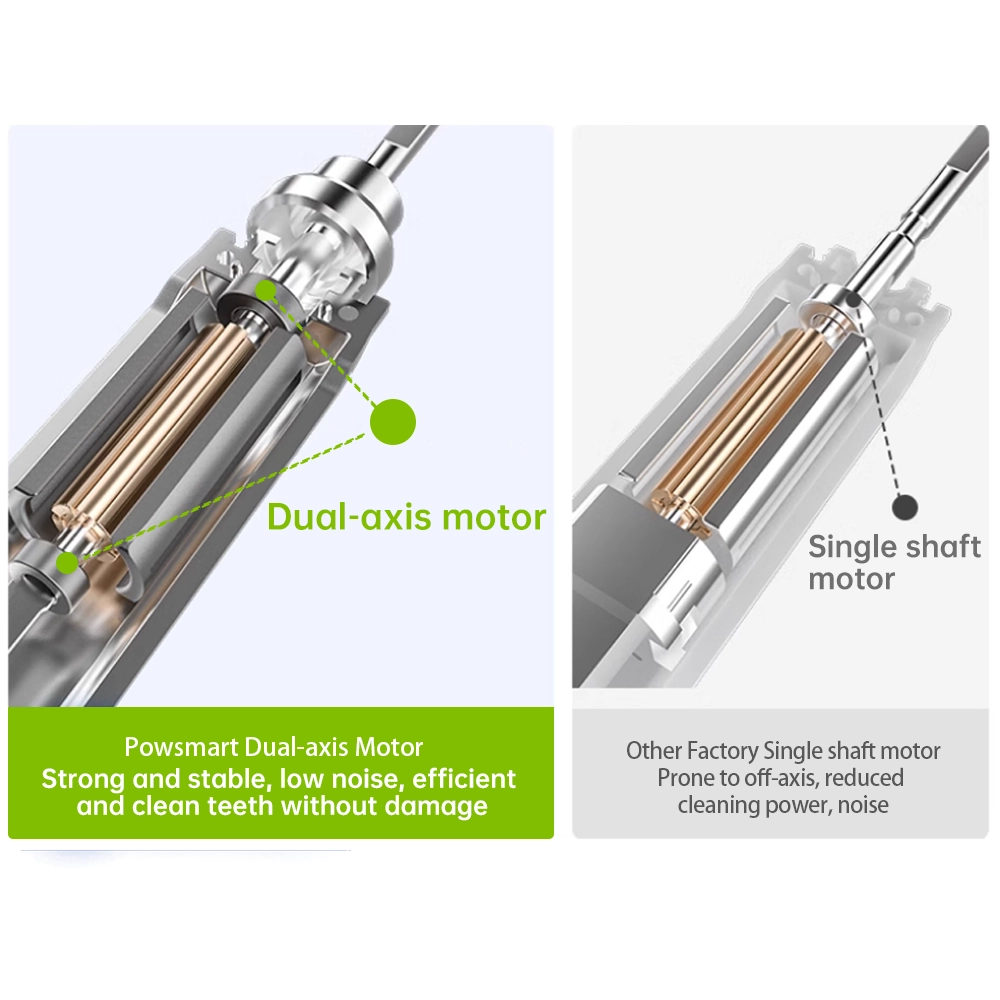
Electric Toothbrush Motor Failure: Common Causes & Solutions

Can One Shared Charging Base Power a Family Pack Bundle of 4 Brushes?
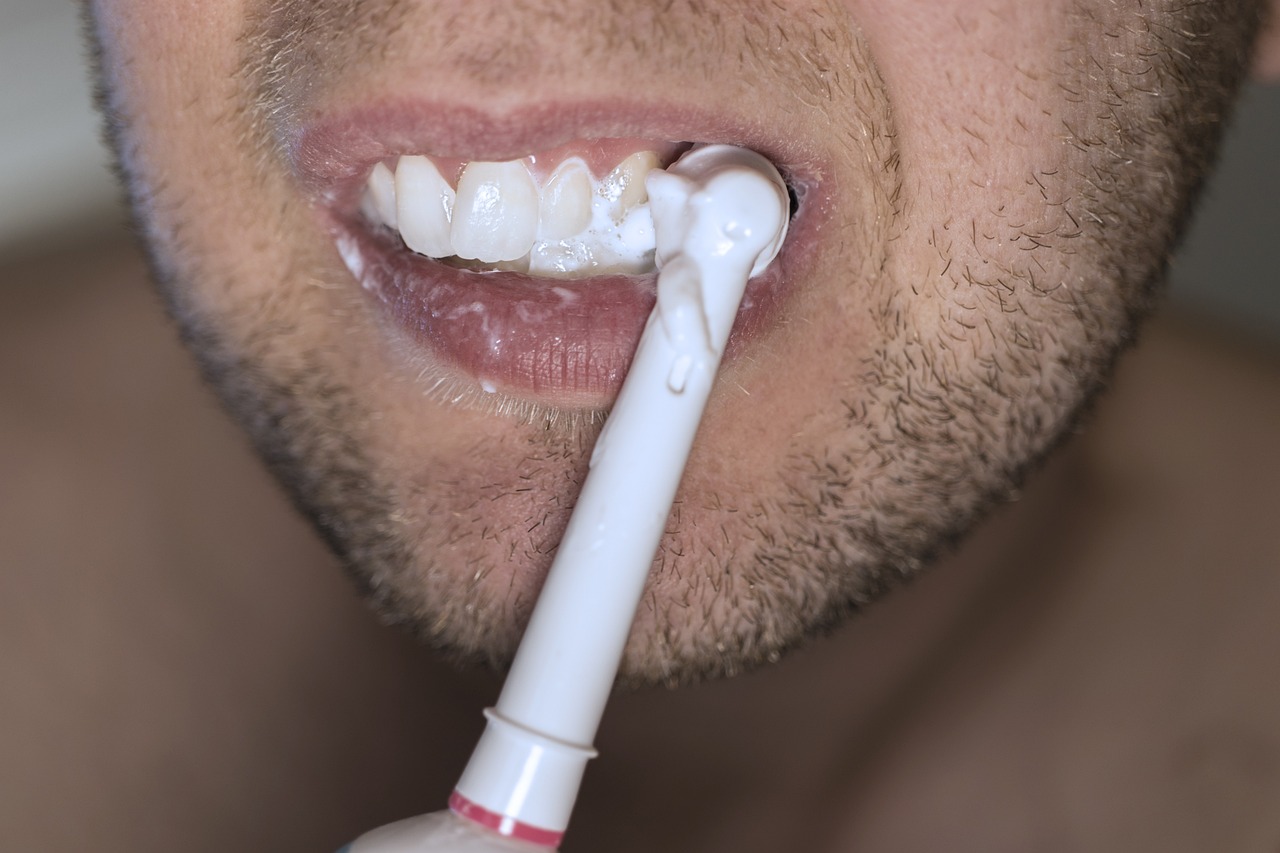
Is the Electric Toothbrush Market Growing?

How Does a Polishing Brush Head Enable Enamel-Safe Whitening?
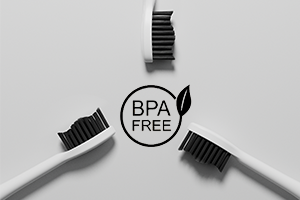
Why Is a Dental Recommended Brush with BPA-Free Brush Heads Safer?

Cutting-edge tech makes us apart from other electric toothbrush manufacturers
.jpg)
Oral care products manufacturer Texas

How to Install Electric Toothbrush Heads Correctly: Proper electric toothbrush head installation Guide for Brands and Users

Private Label Whitening Gel

electric toothbrush heads Charcoal Infuse-Round

electric toothbrush heads Regular Clean
.jpg)
Florida Electric Toothbrush – Powsmart PTR-C8

electric toothbrush heads Ultra Soft

Electric toothbrush heads Charcoal Infused-Diamond

electric toothbrush heads Deep Clean

Customization Teeth Whitening Gel
whstapp
whstapp
National Toll-Free Service Hotline
+86 755 86238638